| 
|  | | 
|  |  | 
|  |  | 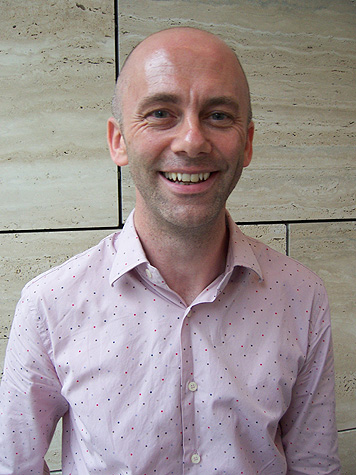
|  | | 
|  |  | 
|  |  | 
|  |  | The first time I met Gavin Butt was during an exceptionally boring lecture at the Performance Studies International (PSi) conference in Copenhagen in August 2008. Not knowing the guy next to me, I could tell by our exchange of glances that we were both getting restless, thinking of ways to leave the room unnoticed. But sitting in the middle of a row in the auditorium, we stayed put. When the lecture was over, I saw from his name tag that it was Gavin Butt. Quite a coincidence, as I had arranged to meet him the next day for an interview on his current project on queer seriousness in contemporary art and performance. And what could be a better starting point for our conversation on how to make theorizing more fun? |  | ![[1] Gavin Butt, “Introduction: The Paradoxes of Criticism”, in G. Butt (ed.), After Criticism: New Responses to Art and Performance (Oxford: Blackwell Publishing, 2004), p. 5.](Resources/item1a2a.gif)
| 
|  |  | As an art historian, Gavin Butt is known for his paradoxical way of working. Not because he is foolish or self-contradictory, but because of his long-term engagement in working against or beside (para) the doxa of received wisdom.[1] In his 2005 book Between You and Me: Queer Disclosures in the New York Art World, 1948-1963, he flirts with the danger of not being taken seriously by taking gossip about artists’ homosexuality as his object of study. Through bold and original readings of artists such as Larry Rivers, Andy Warhol, and Jasper Johns, he demonstrates that trivial and fierce gossip on homosexuality shaped these artists’ lives, as well as their work and its reception. Butt points out that there is a connection between interpretive desire and curiosity in gossip and art historical analyses, and argues for a more expansive understanding on art historical facts and evidence. Reminding us that gossip doesn’t need to be true to have impact, Butt demonstrates the powerful function of uncertainty when approaching questions on art and sexuality.[2] Between You and Me not only shows that gossip is form of knowledge relevant to art history, it also pushes the boundaries of academic writing by giving the desiring body of the art historian a central position. |  | 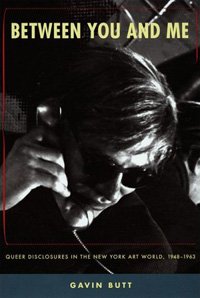
![[2] Gavin Butt, Between You](Resources/item1a2.gif)
| 
|  |  | 
Gavin Butt holds a position as a Senior Lecturer at the Department of Visual Cultures at Goldsmiths University of London. His writing and teaching can be described as a practice of “critical generosity”, to use a term from performance theorist David Román.[3] His interest in rethinking the traditional criteria by which evaluations are made, is especially evident in the much-praised anthology he edited in 2004, After Criticism: New Responses to Art and Performance. Here, as in his more recent writings on cultural seriousness, he works to develop new concepts and modes for addressing the relationships between art, politics, and sexuality. In his new, ongoing project with the working title Are You Serious? Flirtatious Acts in Contemporary Art and Performance he plays out the cooperative and collaborative aspects of criticism, joining forces with performers and artists in disturbing and expanding our relationships with art and politics. At the PSi-conference in Copenhagen Butt presented a keynote speech entitled “Should we take Performance Seriously?” Through a discussion of the London-based Jewish performance artist Oreet Ashery’s witty and sharp work on the intersections between religion and sexuality in contemporary politics, he argued for the value of non-serious forms of cultural consumption. I started by asking him whether his current project was a follow up to Between You and Me, where he in the afterword considered the ways in which the project had flirted with question of seriousness. |  | ![[3] David Román, Acts of Intervention – Performance, Gay Culture, and AIDS (Bloomington & Indianapolis: Indiana University Press, 1998), p. xxv](Resources/item1a1a.gif)
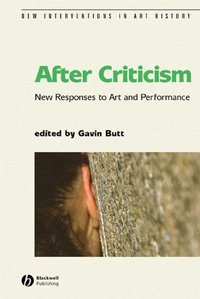
| 
|  |  | 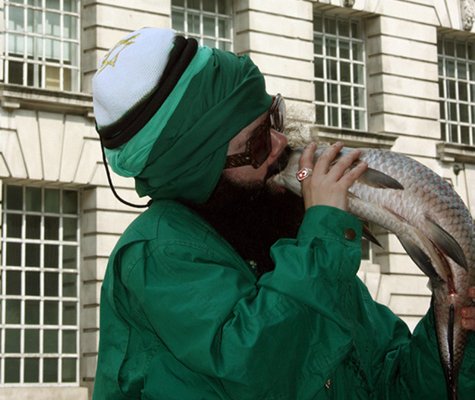
|  | | 
|  |  | 
|  |  | 
|  |  | GB: My new project is very much a follow up on the previous work. One of the things that I became conscious of, towards the end of working on Between You and Me, was that the project had actually been more or less a sustained inquiry into modes of cultural seriousness, without me really realizing it at the time. That’s why it only becomes explicitly thematized in the afterword to the project. So it did point towards future possible avenues of enquiry and research, which is precisely what I have taken up with the new emerging project with a queer take on cultural seriousness. This new research has been progressing in a very ad hoc, perhaps even slightly arbitrary way, as I have begun to collect a set of responses to cultural artifacts: whether it be art works, for instance the paintings of the late American artist Joe Brainard, or whether it be the indeterminate spectatorial responses to contemporary queer performance, by artists like the American cabaret duo Kiki and Herb (a.k.a. Justin Bond and Kenny Mellman), Oreet Ashery, and David Hoyle from the UK. |  | | 
|  |  | 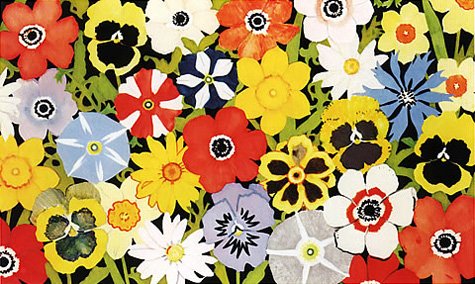
|  | | 
|  |  | 
|  |  | 
|  |  | This work has begun to comprise a non-serious archive of queer visual arts and performance, through which something interesting is taking place about the ways in which we consume and come to value cultural artifacts. It is a queer project, which explores the ways we go about attributing value to things. I’m interested in how we habitually – almost ritualistically – contribute value to something in cultural terms by being serious about it. It might be that we do that in terms of writing a scholarly, analytical study of something; it might be that we spend time and effort in reading a work or engaging with it – but we do that almost without thinking. This is what I have called a Foucauldian technology of serious value, that not only produces the objects we take to be worthy of serious attention, but that also posits the appropriate attitudes we should adopt in addressing them. I’m interested in how we might think or theorize value otherwise, finding other models of attributing value to something, and ways to appreciate things without taking them seriously as such. So the project is about paying heed to the ways in which we value things idly, lightly, outside serious contexts, addressing uneasy relationships to serious forms of attention and culture. It’s quite a broad project in its scope, but at the same time I’m trying to locate moments where our implication in serious culture and our own seriousness is troubled by engagements with queer art and performance. |  | | 
|  |  | 
|  |  |
|



